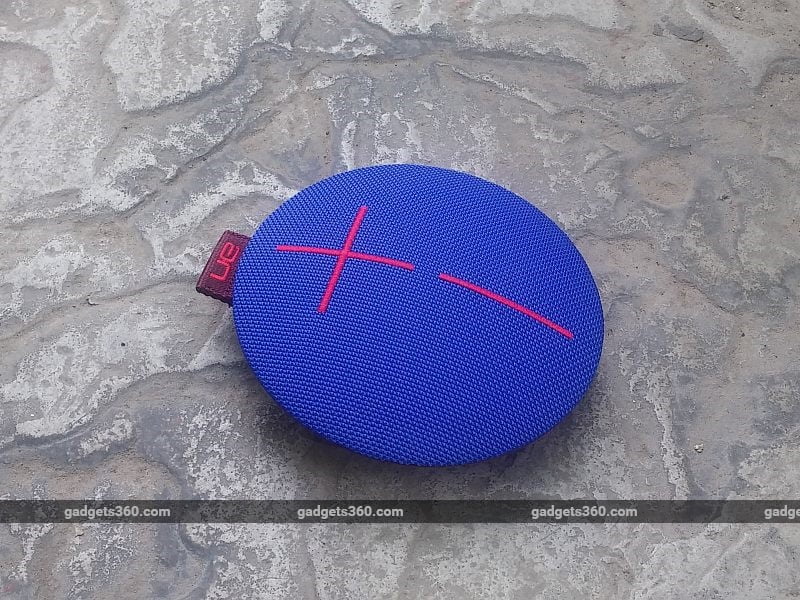
Any successful graphic design project is built on the foundation of color. However, it can be challenging to learn how to work with color without the right tools and strategy.
Color is such an integral part of everything we see in the world that many do not even think about it. But as a graphic designer, It’s essential to understand how color is formed and, more importantly, how different colors relate to one another to use colors more effectively in your designs.
How can you develop a sense of color and build an effective color palette when you’re designing? We’ll explore your options in this article.
✏️ A big thanks to Acer’s ConceptD for sponsoring this blog post
1. Learn the basics of color theory
Even if the rest of your design is impressive, a poorly chosen or clashing color palette can lose your audience in seconds. A beautiful color palette requires a deep understanding of how different colors interact.
How do we know which colors look good together? By applying color theory in graphic design. Color theory refers to the study of how colors are used, also called “color palettes” in graphic design.
These traditional schemes are used with varying shades (when black is added to darken the hue), tones (when gray is added to mute the hue), and tints (when white is added to lighten the hue) of each color. They are:
- Monochromatic: Different shades, tones, and tints of a single color (or hue).
- Analogous: Three colors that are next to each other on the color wheel (with the main color being in the middle).
- Complementary: Two colors that are opposite each other on the color wheel.
- Split complementary: A main color paired with the colors analogous to its complementary color.
- Triadic: Three colors spaced evenly around the color wheel.
- Tetradic: Two colors next to each other on the color wheel paired with their complementary colors.
- Square: Four colors spaced evenly around the color wheel.

There are hundreds, if not thousands, of online resources that graphic designers can use to learn color theory. What matters is how you put this knowledge to use when designing, and graphic designers know the only way to become truly good at something is to practice it.
Use different color palettes to do fun projects in your spare time, such as redesigning logos, rehashing past work, or creating your own brief.
2. Know your color profiles
There are several versions of color profiles depending on the device output for which you are designing, like CMYK, RGB, or LAB. Each represents a color gamut, a range of colors that can be used.
Basically, for every device that displays color, a set of profiles can be assigned, and these profiles determine the color spectrum displayed by that device.
When designing, it’s essential to get the most color output from each device. You can easily work in various color spaces with Acer’s ConceptD devices—these are top-of-line monitors and laptops built with color technologies that ensure vivid, true-to-life color reproduction. Plus, by allowing you to switch between profiles at will, the ConceptD Palette will enable you to fine-tune your display to meet your needs.

3. Study up on color psychology
There is a relationship between color and emotion. In graphic design, colors convey a variety of meanings, and this is especially important to understand.
Color is the most powerful tool for evoking emotions, but color meaning in graphic design sometimes seems complicated since they have so many interpretations. Understanding color psychology can help keep your design on target.
When designing, keep this color psychology in mind:
- Red: passion, love, danger, anger
- Orange: joy, energy, warning
- Yellow: happiness, optimism, creativity
- Green: nature, fresh, growth, money
- Blue: loyalty, calm, honesty
- Purple: mystery, royalty, luxury
- Black: mystery, darkness, power, strength
- White: safe, clean, innocent
- Gray: sophistication, elegance, formal, emotionless
- Brown: nature, solid, grounding
Remember that a color’s meaning and interpretation can change based on its exact hue, shade, and associated imagery.
4. Know your display specs
Being able to see colors accurately on your monitor or laptop display is non-negotiable for graphic design professionals. Displaying your design work on a color-accurate display will ensure that the colors are reproduced exactly as they were intended.
Consider the following industry display standards:
- Adobe RGB — A 30% larger color space than sRGB has more blues and greens, making it a preferred color for most photography, including outdoor, nature, and professional displays.
- Pantone — Each Pantone color is composed of 13 different pigments, resulting in a specific shade. Color language from Pantone, which encompasses over 10,000 colors across printing, textiles, plastics, pigments, finishes, and coatings, supports the entire spectrum of color-conscious industries.
- Delta E — Delta E ensures that colors displayed closely match what the human eye sees. The CIELAB color space also uses it to describe the difference between two colors.
Understanding these kinds of display standards can allow designers to understand the technical aspect of design better. Graphic designers rely on Acer ConceptD products to meet high display standards in any industry.

5. Get inspired by color palettes in the real world
Color palette creation can be difficult for graphic designers. Getting inspired by the natural color palettes in nature can be a great way to find color combinations that work.
“Mother Nature is the best designer you can take inspiration from.” — Stefano Peschiera, UI Designer.
Make a habit of getting outside regularly and taking pictures of ordinary things that inspire you. Use your inspiration snapshots as a reference when matching colors to your designs.
With ConceptD Palette, you can easily sample and display color values on the screen by using the creator hotkeys. Color picker makes it easy for you to work more efficiently by swapping between color spaces, adapting your display settings, and simplifying color matching.


Work with color like a pro
Choosing the best color palette takes time. Invest in technology to improve your ability to work with colors and develop your eye for color by following the tips above.
To truly master color, design professionals choose ConceptD devices. Acer understands the importance of designing for color output, so the ConceptD Palette was created with graphic designers in mind. The versatility of working in multiple color spaces, switching between profiles at will, and fine-tuning displays to your exact specifications, is something to appreciate in a device. Explore ConceptD today. ■
[“source=dribbble”]










